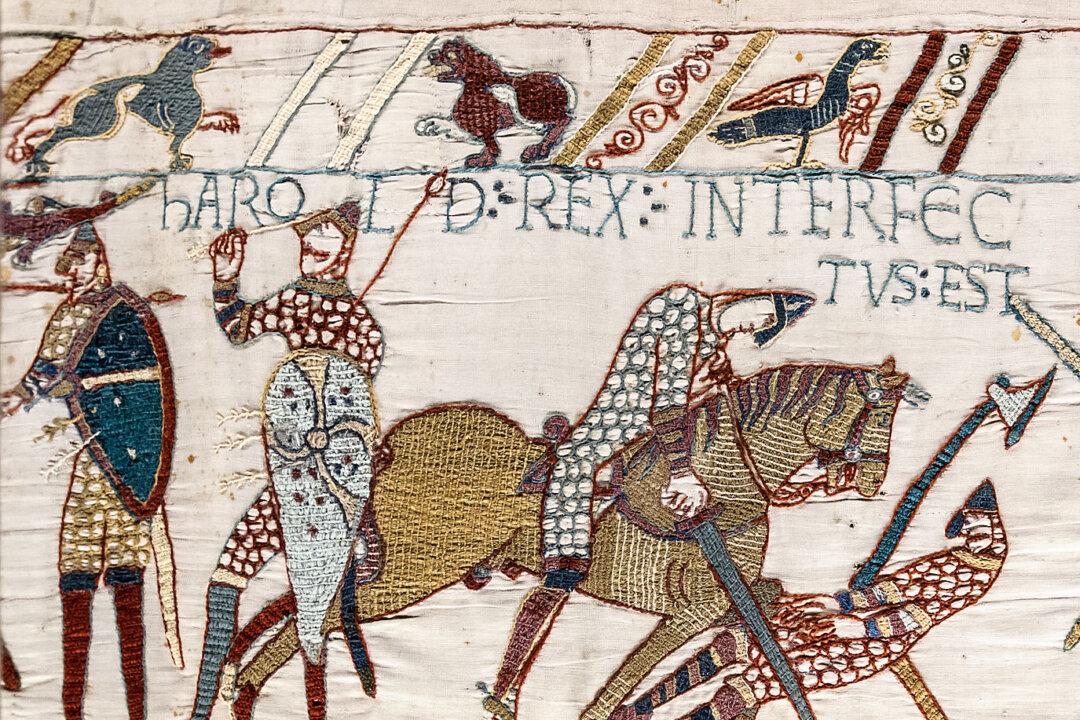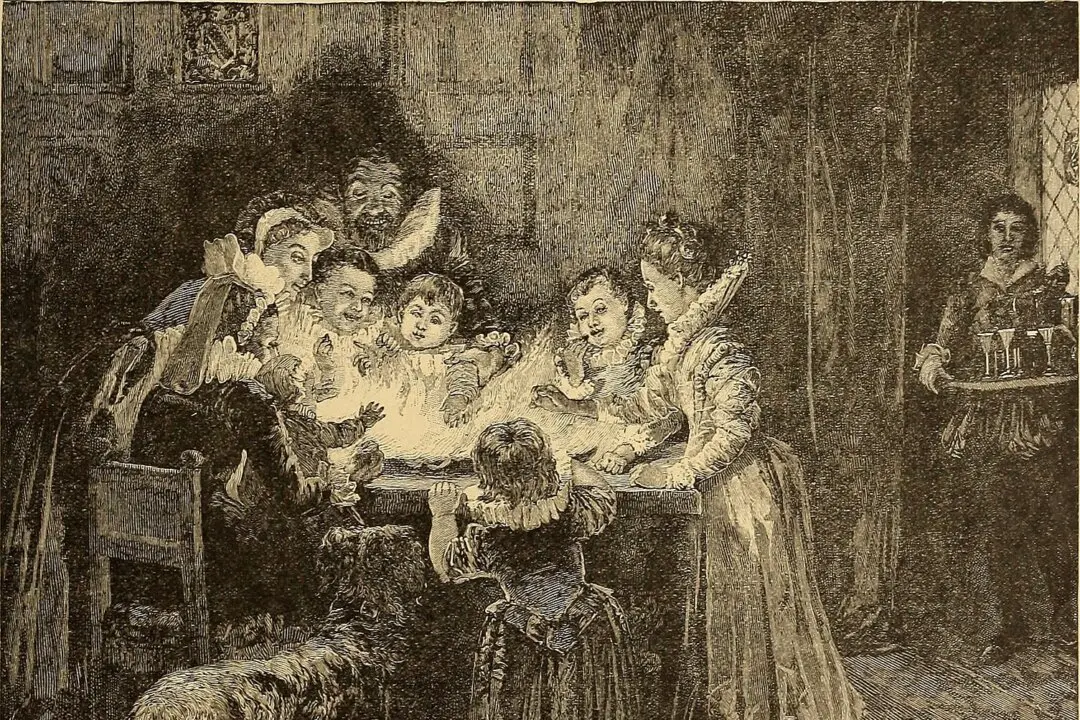In the silence of night’s lost hours, before an altar and an icon, with candlelight flickering over cold stones, a man kneels. On the altar lie his weapons; their placement symbolizes that they belong to God and must be used to defend justice, truth, and honor. The squire pours out his heart to God all through the dark night, begging for the strength he will need to fulfill his calling as a knight. When the red stripes of dawn finally cut the sky, the squire knows that the moment of his transition to knighthood isn’t far off.
The elaborate ceremonies surrounding the creation of a knight in medieval European society reflected the high ideals involved in the medieval conception of the warrior. Though knights didn’t always live up to those ideals, of course, they tell us something about the medieval worldview and the role of the gentleman and warrior within it.






